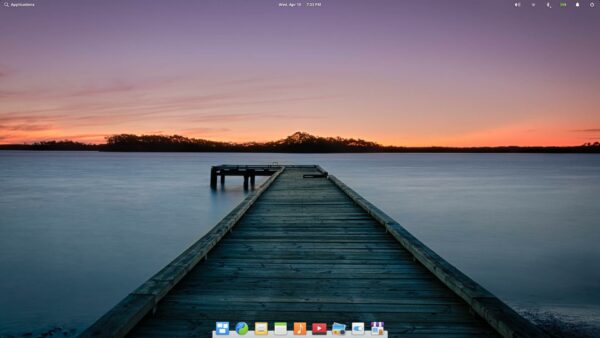Fontaine’s schoolchildren now on Linux
The French town of Fontaine (Isère) has recently converted 200 school computers from Windows to the elementary OS Linux distribution, Joinup reports.
Nicolas Vivant, the CIO of Fontaine, has been part of the transition to open source that the local public sector has implemented over the past 10 years. The local authority opted for open source due to openness and transparency, as well as value for money.

The switch to open source started in the town hall with a change from proprietary browsers and email clients to Mozilla’s Firefox and Thunderbird. The schools’ switch to elementary OS represents stage 2.
Some of the software used by teachers presented some problems according to Vivant, as it was only designed to run on Windows, so the wine emulator had to be used to get it working.
However, Vivant remarked in an online event that for most users the switch to a Linux system has provided a better overall experience.
In addition to installing Linux on school machines, the schools are also running their infrastructure Debian servers.
According to Joinup, one of the benefits of using open source is that children’s privacy is better protected due to leaving a smaller digital footprint online, an important consideration when every third internet user in the EU is estimated to be a child.